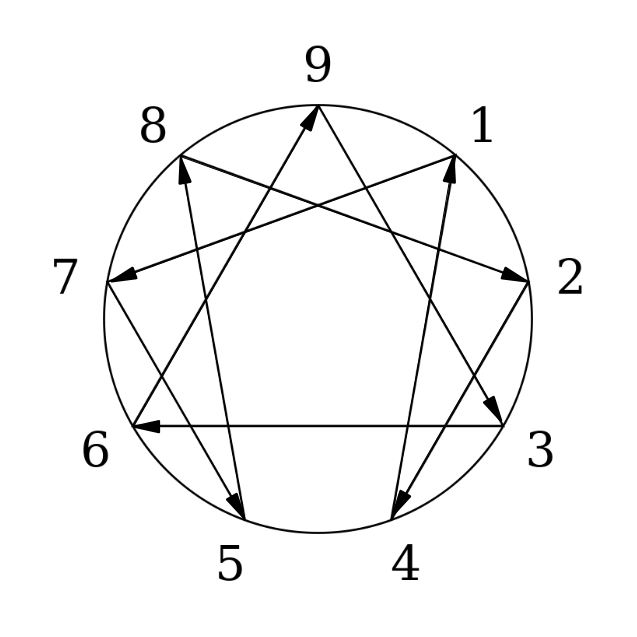Enneagram Profiling

The Enneagram is a powerful and dynamic personality system that describes nine distinct and fundamentally different patterns of thinking, feeling and acting. The tool enables individuals within organizations to understand their own and others’ motivations and behavior patterns, and to communicate and work more effectively with each other.
The word “ennea” is Greek for nine and “gram” means model or figure. Hence, the Enneagram is a diagram or star with nine points representing the nine personality patterns. Each of these nine patterns is based on an explicit set of perceptual filters that determine our worldview. Underneath each of the nine patterns is a basic proposition or belief about what you need in life for survival and satisfaction.
Participants will gain access to a wealth of resources including content, activities, research, templates, guides, and handouts, enabling them to conduct EQ interventions globally for diverse audiences. Through hands-on experience in an EQ workshop with a larger group, attendees will acquire practical insights into effective workshop delivery. Furthermore, the program focuses on deepening understanding of training methodologies, empowering participants to design tailored 1- and 2-day workshop outlines for various settings. Dedicated sessions on coaching skills equip individuals with the confidence to debrief EQCP profiles and facilitate coaching sessions effectively. Finally, participants will enhance their skills through participation in and observation of diverse presentations, enriching their repertoire of activities and training techniques.
The Enneagram demonstrates different points of view, strengths, limitations and communication styles for each of the nine types. It also helps team members learn how to prevent and handle conflicts, work with their blind spots and become more effective leaders. As you discover your personality type and the underlying basic proposition, you also will discover what motivates you, your coping strategy and keys to personal development.
Basic Questions About The Enneagram
1. What is the Enneagram useful for?
2. Don’t people’s personalities change all the time?
3. Doesn’t the Enneagram just put people into boxes?
4. Is one’s Enneagram type inherited?
5. Is your Enneagram type your whole personality?
6. Do the personality types have a corresponding compatible personality type?
As a practical matter, and perhaps more often then not, types that are adjacent to one another on the circle, as in the example above with Points One and Two, will relate well together because of the compatibility inherent in the characteristics of type which they share.
7. Is there an assessment or test to determine one’s Enneagram Type?

PROGRAMS
- Enneagram Practitioner Certification (Level 1)
- Enneagram Coach Certification (Level 2)
- Enneagram Advanced Practitioner Certification (Level 3)
- Masterful Selling with the Enneagram (WSQ)
- Effective Business Negotiation and Influence Using Psychological Tools (WSQ)
- Self-Mastery & Authentic Communication With The Enneagram